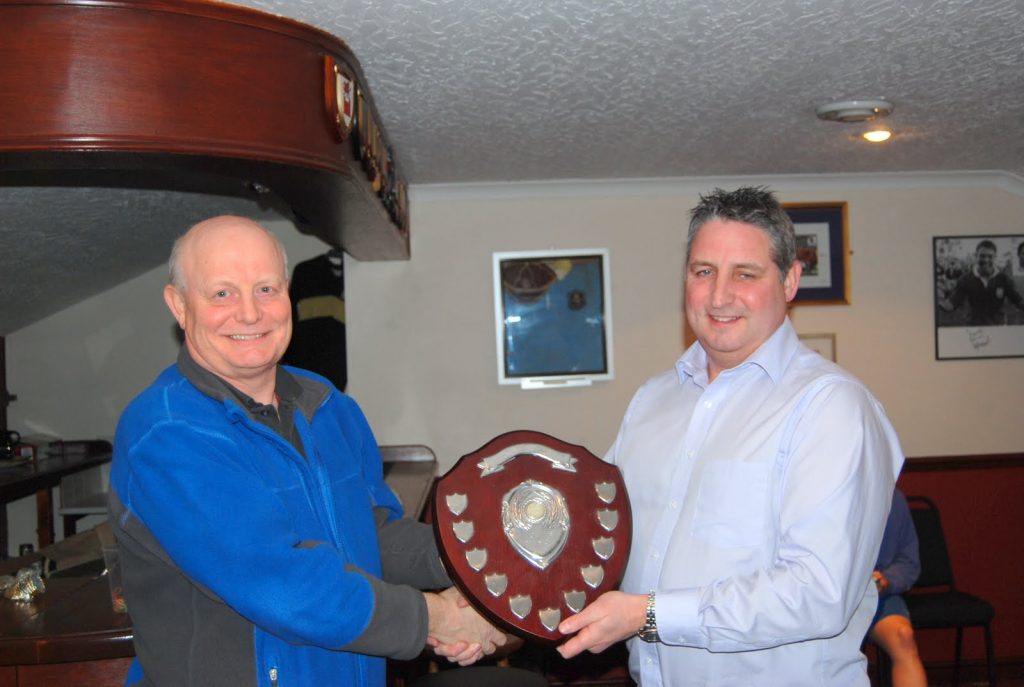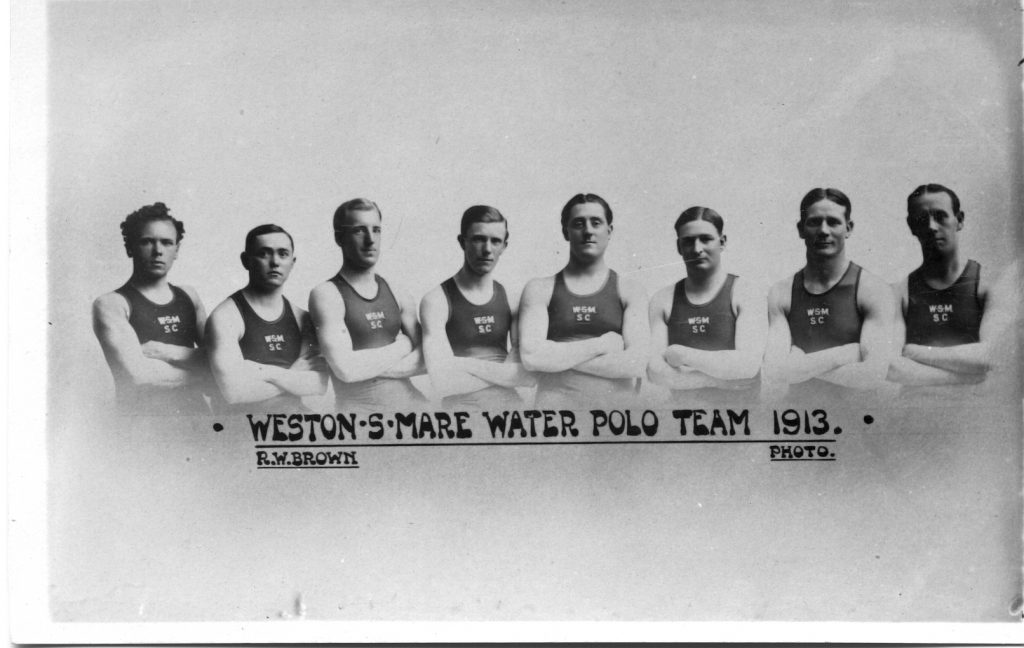About the Bristol & West Water Polo League
By Chris Ducker
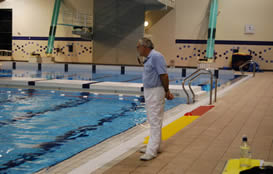
Water polo has undergone phenomenal change since Cheltenham’s Jack Jones captained Great Britain in the Olympic Games in 1956, writes Chris Ducker, who is a former secretary of BWWPL and current secretary of the British Water Polo League, a stalwart of Bradford on Avon water polo team, and who previously played for Weston-super-Mare and the now defunct Bristol City.
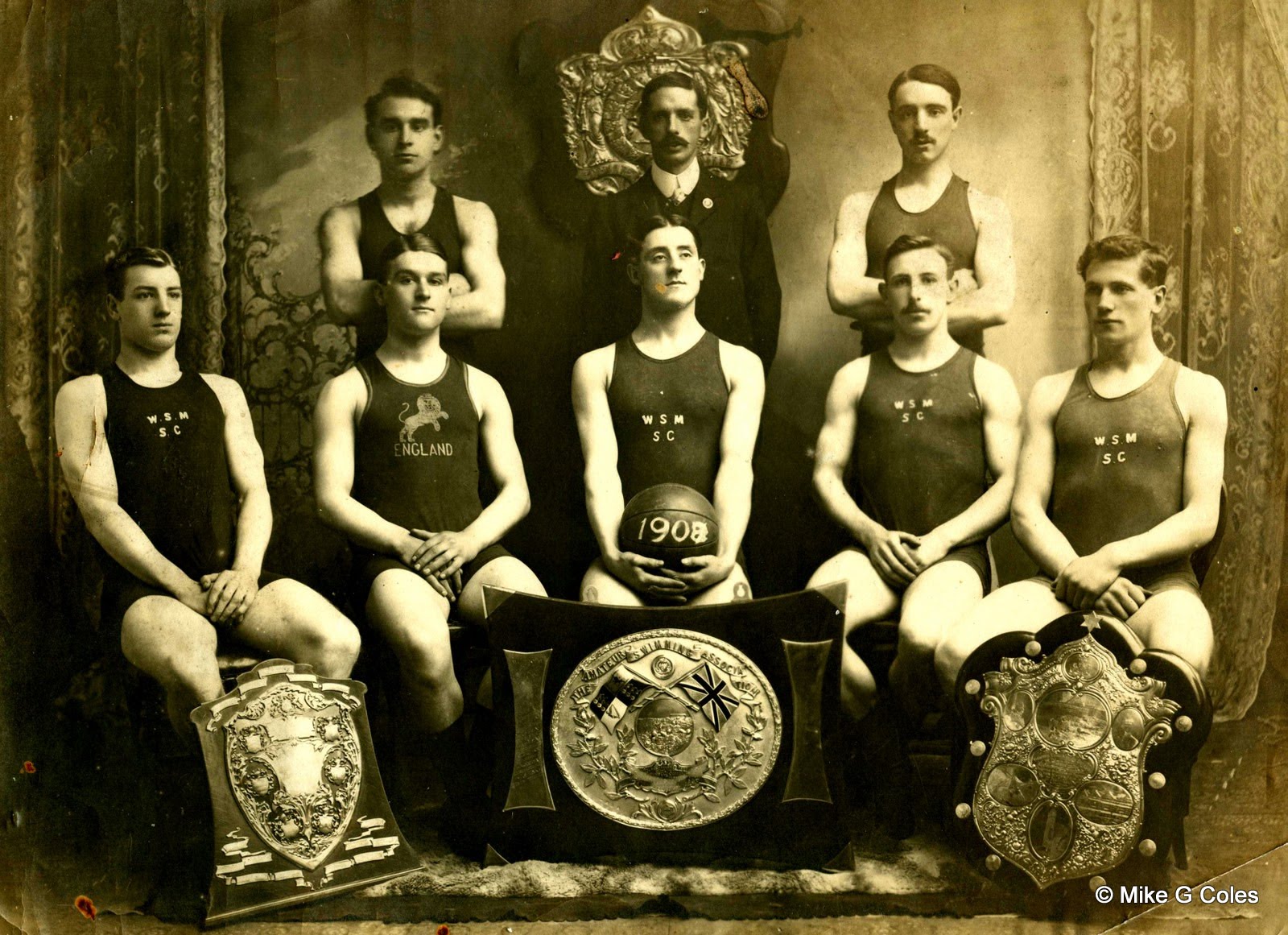

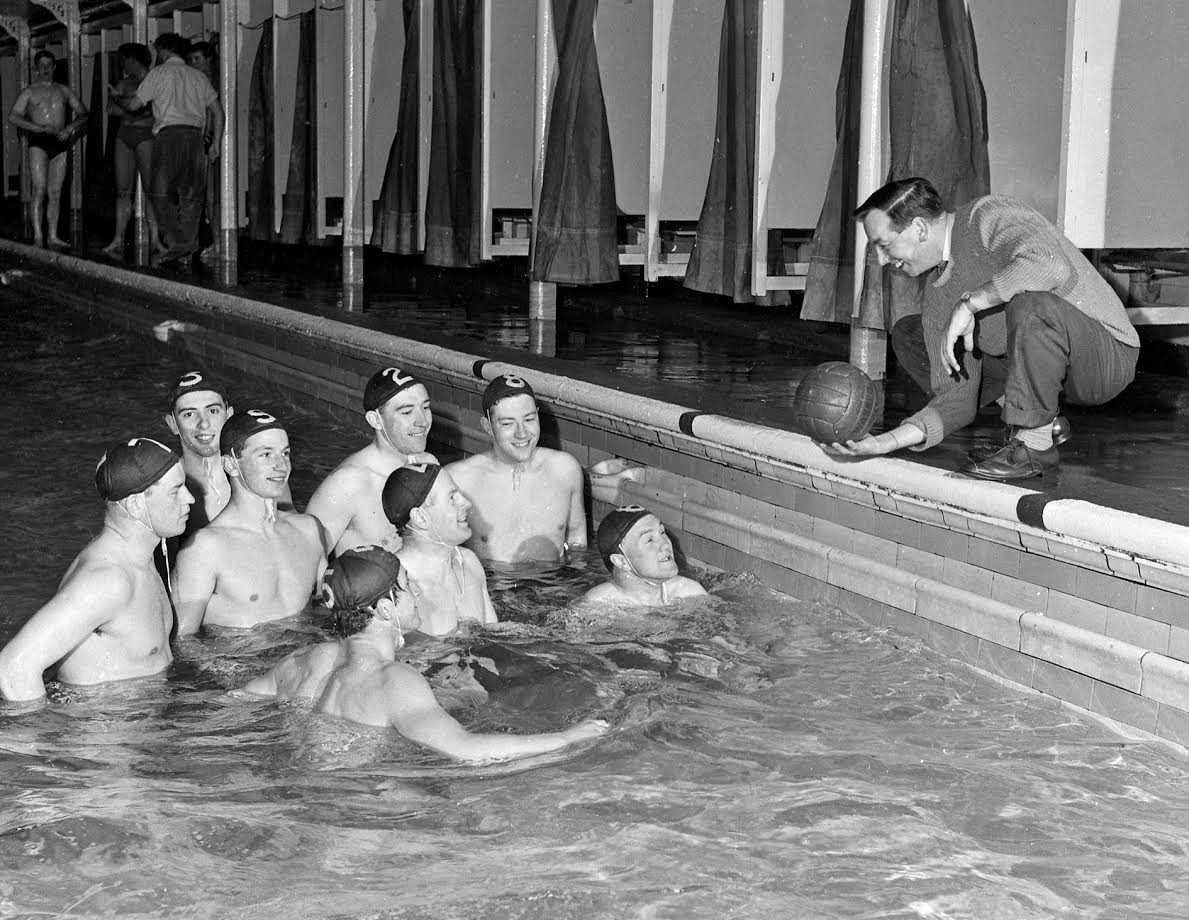
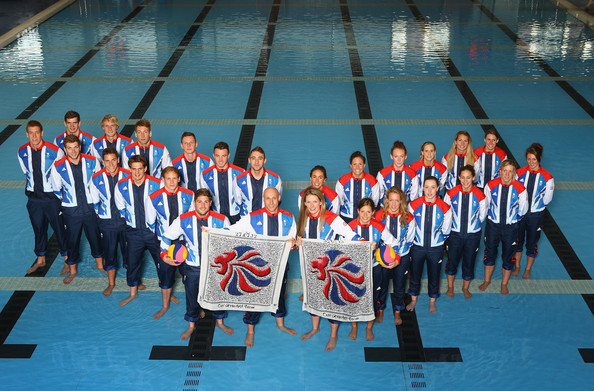
In those days, there were teams of seven with no subs, one referee signalling with flags, a leather ball . . . and matches completed in little more than half an hour (a mere two halves each of seven minutes actual play).
Just as the sport at the top level has evolved to a fast-moving, 13-a-side spectacle, so have local leagues done their best to keep pace with the times. The Bristol & West (originally the Bristol & District) has just celebrated its 50th anniversary, rounding off the AGM – attended by Jack himself – with President Andrew Allen, the international referee, cutting a celebration cake.
It was very much an occasion for reminiscing. My own role (having admitted to making a B&D debut in the competition’s second season and been around long enough to play in a County Championship match against Cornwall in the sea with the referee in a rowing boat), had been to research history of the first half-century.
In the B&D’s early years, matches lasted such a short time that the action was preceded by a 6 x 1 length relay race, which merited its own league table and trophy.
Relays were not of particular interest to Cheltenham. A year after the club’s second team topped the polo league in 1964, Cheltenham withdrew from the competition, complaining that “most away matches had to be played quickly as club nights finished at certain times and everyone had to be out of the baths, some matches lasting only 15 to 20 minutes.” Cheltenham suggested with some justification that “more experience could be gained practising at their own baths.”
The B&D League was launched on 25 September 1957, at a meeting in the Bristol Youth Committee Rooms, Great George Street, Bristol. At first, membership was restricted to teams within a 20-mile radius of the city. The original senior division comprised Barton Hill, Bath Dolphins, Bristol Central (the inaugural champions), Bristol North, Bristol City, Henleaze and Weston-super-Mare A (the club’s second team). The junior teams were Bristol Aeroplane Company, Bristol Grammar School, Henleaze and Queen Elizabeth Hospital.
One referee (usually a local) controlled as best he could the mayhem that often occurred in the shallow end of Bristol’s mainly Victorian 25-yard pools. If things got out of hand – and occasionally they did – the league itself dished out punishments.
Frome, for example, who entered in the second season, were soon in trouble, suffering “severe censure” after being accused by a referee of “extremely disgusting behaviour contrary to the game” against Henleaze. After another match, both Weston A and Frome were arraigned for “rough play” and a Weston player who had been “sent off” was suspended for two months, even though he “expressed his regrets to all concerned” when hauled before the emergency committee.
The 20-mile radius had been extended to 30 miles to accommodate Frome, whose disciplinary record led to their membership application for 1960 being rejected (Frome were reinstated shortly afterwards). There was much debate at this stage as to whether Welsh teams should be admitted – there was no Severn Bridge, of course. It was a while before Cardiff, and then powerful Maindee Olympic played their first matches.
Clubs paid one guinea (£1.05p) as the yearly affiliation fee. The league was actually very well off thanks to sending a representative team for an annual fixture against Weston-super-Mare’s first team. Weston, traditional rivals to Cheltenham for the unofficial title of the West’s top dogs, attracted big gates at the old Knightstone Baths and so were wealthy enough to pay a £10 ‘guarantee’ for each match against the B&D all-stars. In 1967, representative team expenses for players travelling from Yeovil, Cardiff and Bristol totalled £3 5s (£3.25), leaving a generous amount of change to boost the league’s coffers.
While shallow end pools were the norm, the one exception was Henleaze Lake, considered good enough to stage an international against Sweden in the1950s but rather too spartan for the modern player.
Dozens of clubs have taken part in the Bristol & District League. Long-departed is the likes of Hereford, North Devon Dolphins, Aberavon, Swansea, Penarth, Exmouth and Gloucester City. Only Bristol Central and Weston survive from the first year.
The Bristol & District League rebranded itself a few years ago as the Bristol & West League, which more accurately reflects the geography of a competition that has expanded to three men’s divisions, plus a ladies’ and junior competition, and takes in clubs from Newton Abbot to Swindon and Cheltenham to West Wales.
Chris Ducker
